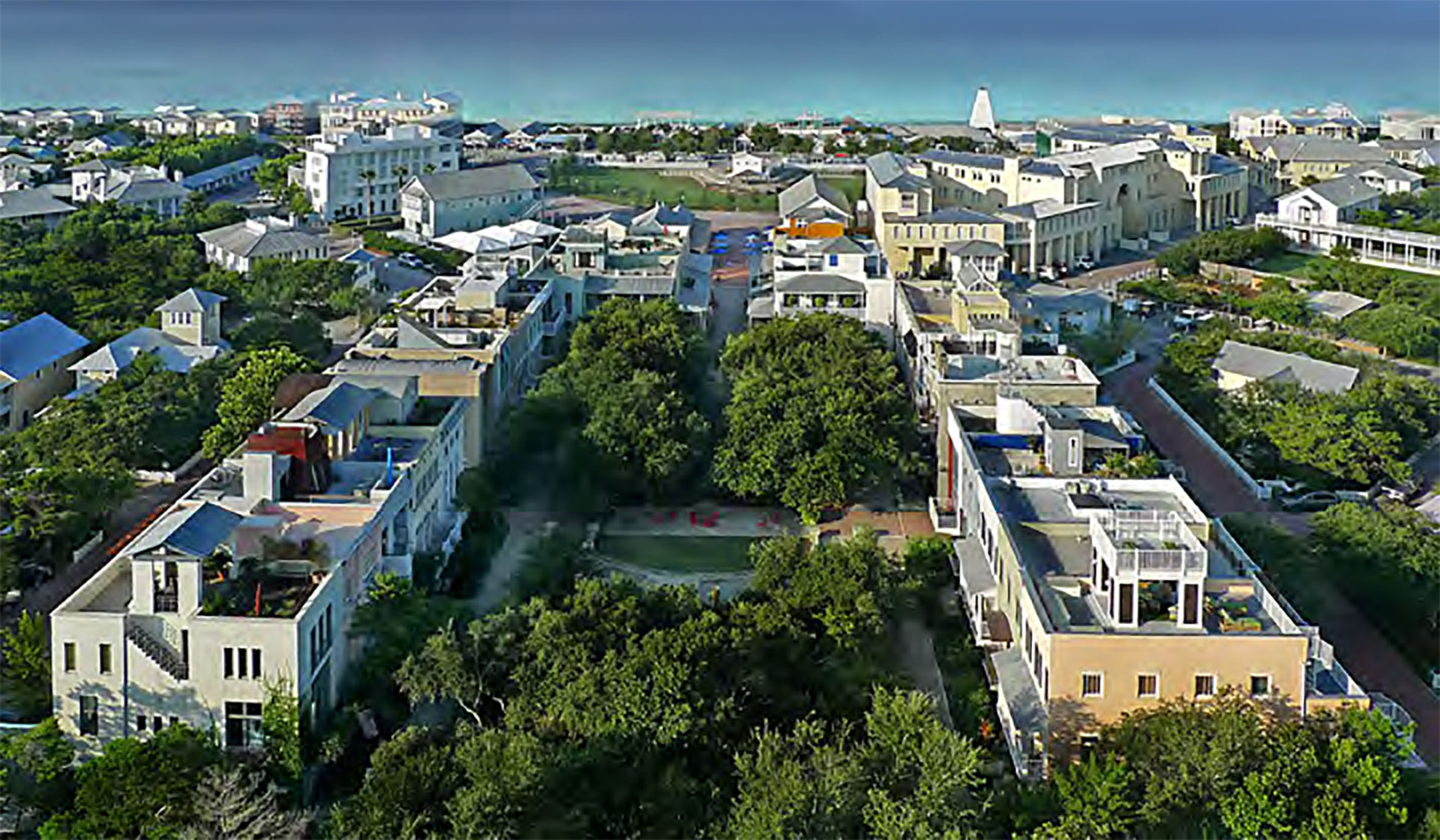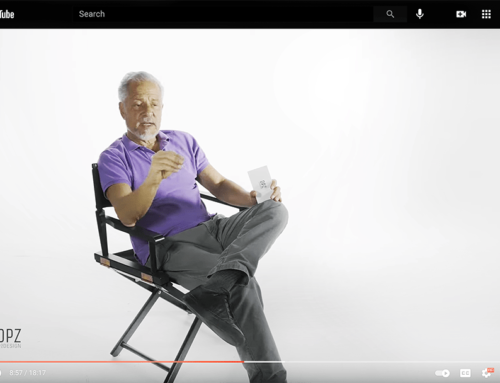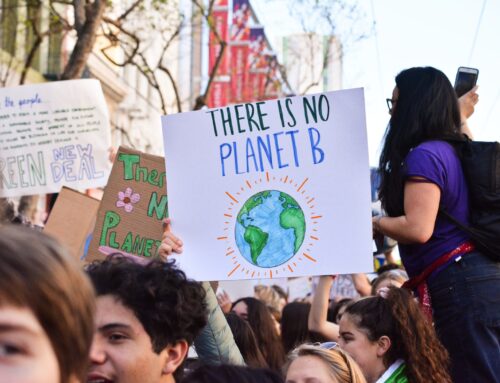Creating infill in cities and towns in the form of “pockets of community” is an adaptive land use approach to climate change and population migration. Pockets of community, as conceived of by DPZ, are clusters of housing around a common green space. They differ from neighborhoods, which are mixed use entities that plug into cities. Pockets of community can be parts of neighborhoods, but they do not constitute full neighborhoods on their own.
DPZ has created several vibrant pockets of community in Florida throughout the last nearly 40 years. Our work is informed by principles that lead to resiliency and sustainability. We build residences to conserve energy and our construction is appropriate to place and context. We offer a wide range of styles from traditional to modern. We’ve identified seven core characteristics of community design. Here are the seven C’s:
1. Compact
Pockets of community are space efficient both in the community itself and the residences within them. They have identifiable centers and edges and the neighborhoods they are nestled into provide for basic daily needs within walking distance. Campo Sano Village in Coral Gables is one of the smaller pockets of community at 2.2 acres.
2. Convivial
There is an element of human connection that is built into the architecture of pockets of community. They prioritize the public realm by investing in meaningful public spaces and facilities that allow for the possibility to gather as community. They can be constructed in a range of styles, and they are aesthetically pleasing in their shapes and details. Aqua in Miami Beach offers shared facilities like a health club, daycare center, meeting room, indoor and outdoor swimming pools, boat docks, and storefronts with services such as a convenience store, coffee shop, and office space.
3. Connected
Pockets of community have walkways, courtyards, and paths that promote pedestrian activity and transit and provide multiple routes between destinations. The homes feel like they are part of one community, even while being part of a larger neighborhood that begins at their edges. In Bermuda Village in Coral Gables a continuous garden wall lines the sidewalks and connects the houses and their courtyards. Pockets of community are not separate from their surrounding in the typical suburban way. They are seamlessly integrated into their surroundings.
4. Complex
There is a balance of retail, residential, and civic offerings in the neighborhoods in which pockets of community are nestled. There is also a balance between pedestrian and vehicular needs. Bermuda Village offers a wide variety of civic and transport offerings along its borders.
5. Complete
Pockets of community are adaptable to whatever stage of life a person is in. Single people can rent or buy a studio or one bedroom; families with children can live in larger homes with yards. Pockets of community provide options for a range of incomes, lifestyles, and preferences. Aqua offers a mix of town homes and mid-rise apartment buildings that challenge the status quo of luxury buildings along Miami Beach.
6. Conservational
Pockets of community protect culturally and environmentally significant areas and respect regional and historic contexts and precedents. They are walkable and leave a small ecological footprint. Seaside in the Florida Panhandle was built to resemble a historic southern town with all of its associated amenities like a chapel.
7. Cost-effective
Through a process called smart phasing, pockets of community can be opened incrementally instead of all at once. They are designed intentionally so that less is more. Due to the diversity of offerings, pockets of community can be cost-effective. They have even led to an increase in property value in the neighborhoods around them. Blue Water in Tavernier Key provides a compact and accessible alternative for high-density affordable housing.
Pockets of community are places where people at almost any stage of life can thrive. In the U.S., they can be built into our great suburban sprawl. They offer a model of adaptation in land (re)usage that can be replicated almost anywhere before climate change disperses millions of people as early as 2050.






